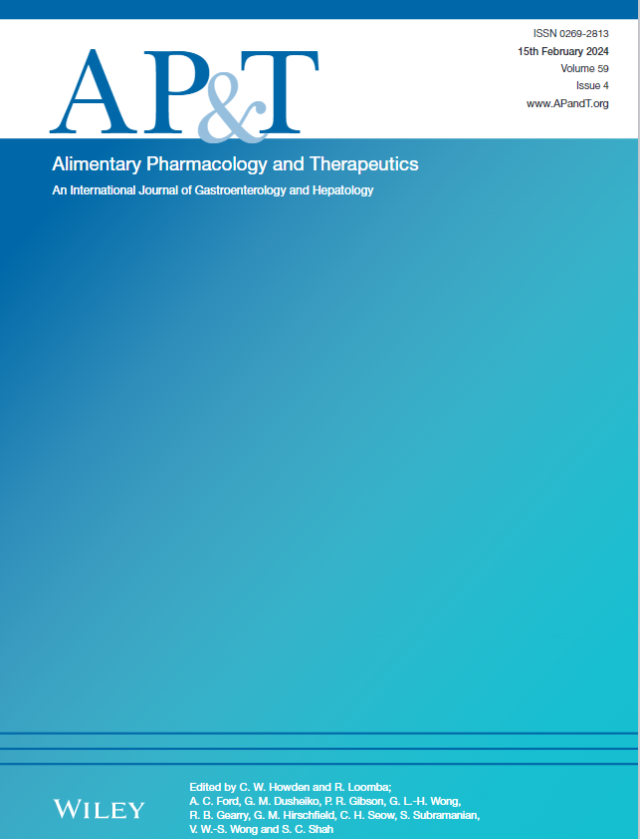Alterations in Gut Microbiota and Metabolism in Cirrhotic Portal Hypertension: Implications for Disease Progression
IF 6.7
1区 医学
Q1 GASTROENTEROLOGY & HEPATOLOGY
引用次数: 0
Abstract
BackgroundAlthough gut microbiota has been implicated in various liver disorders, its relationship with cirrhotic portal hypertension (CPH) remains unclear.AimsTo investigate the structural and functional alterations of gut microbiota in patients with CPH and the potential role of these alterations in the progression of CPH.MethodsWe collected faecal samples from 35 patients with CPH and 71 patients without CPH (controls) to conduct microbiome and metabolomic analyses. Gut microbes, faecal metabolites and their functional pathways associated with CPH were identified using multiple bioinformatics approaches. To understand the role of gut microbiota in the pathogenesis of CPH, we carried out faecal microbiota transplantation, CPH‐characteristic bacterial transplantation and antibacterial experiments in mice.ResultsMicrobial diversity was diminished, and gut microbial structures were altered in patients with CPH compared to the controls, primarily manifested as increased abundance of lipopolysaccharide‐producing bacteria and decreased abundance of anti‐inflammatory bacteria. This dysbiosis of gut microbiota was accompanied by changes in the faecal metabolome, particularly in arginine biosynthesis and nitric oxide production. Transplantation of gut microbiota from CPH patients, as well as the transplantation of CPH‐associated bacteria肝硬化门脉高压患者肠道微生物群和代谢的改变:对疾病进展的影响
虽然肠道微生物群与多种肝脏疾病有关,但其与肝硬化门脉高压(CPH)的关系尚不清楚。目的探讨CPH患者肠道菌群的结构和功能改变,以及这些改变在CPH进展中的潜在作用。方法收集35例CPH患者和71例非CPH患者(对照组)的粪便样本,进行微生物组学和代谢组学分析。利用多种生物信息学方法鉴定了与CPH相关的肠道微生物、粪便代谢物及其功能途径。为了了解肠道菌群在CPH发病机制中的作用,我们在小鼠身上进行了粪便菌群移植、CPH特征菌移植和抗菌实验。结果与对照组相比,CPH患者肠道微生物多样性降低,肠道微生物结构发生改变,主要表现为产脂多糖细菌丰度增加,抗炎细菌丰度减少。肠道菌群的这种失调伴随着粪便代谢组的变化,特别是精氨酸生物合成和一氧化氮的产生。研究发现,CPH患者的肠道菌群移植以及CPH相关细菌中泽细络菌移植会加剧小鼠CPH的进展。抗生素治疗可显著缓解N -二甲基亚硝胺诱导的小鼠CPH进展。结论我们的研究表明,肠道菌群失调与CPH的进展有关,可能为基于微生物组的CPH治疗提供新的途径。
本文章由计算机程序翻译,如有差异,请以英文原文为准。
求助全文
约1分钟内获得全文
求助全文
来源期刊
CiteScore
15.60
自引率
7.90%
发文量
527
审稿时长
3-6 weeks
期刊介绍:
Alimentary Pharmacology & Therapeutics is a global pharmacology journal focused on the impact of drugs on the human gastrointestinal and hepato-biliary systems. It covers a diverse range of topics, often with immediate clinical relevance to its readership.

 求助内容:
求助内容: 应助结果提醒方式:
应助结果提醒方式:


